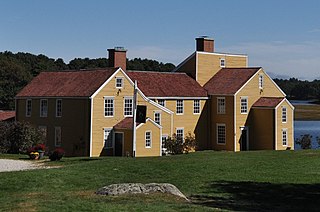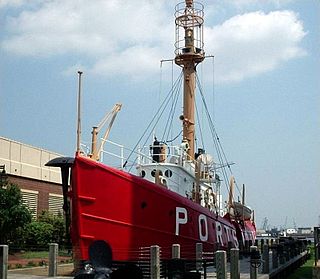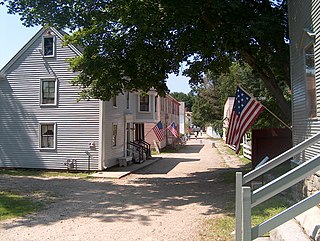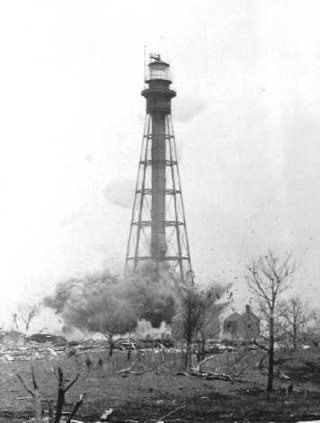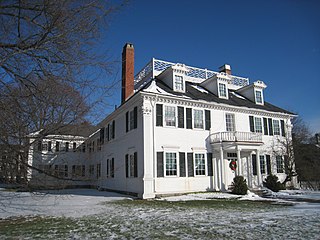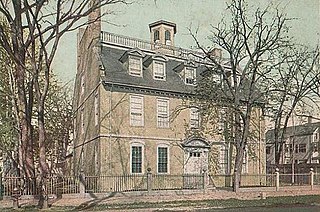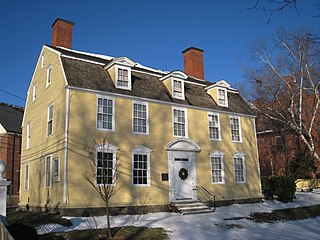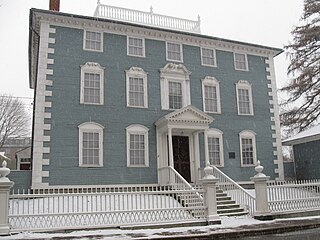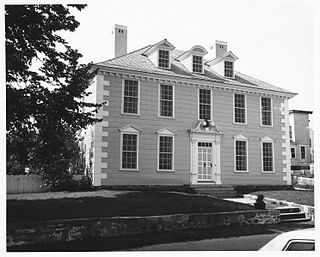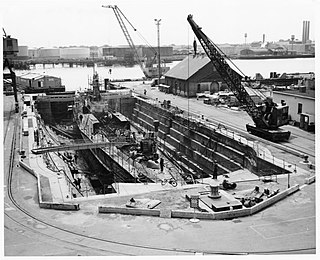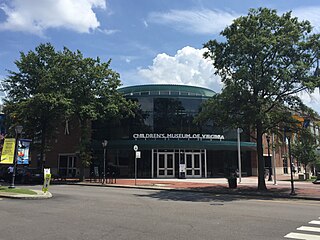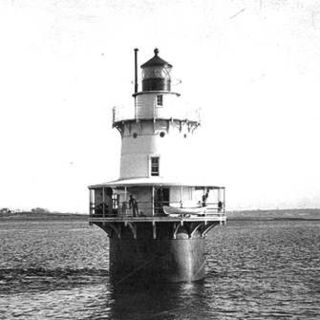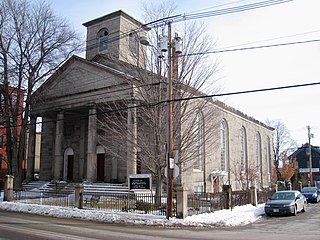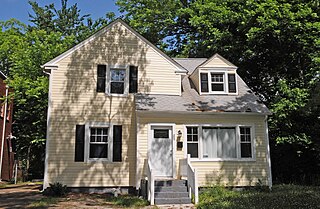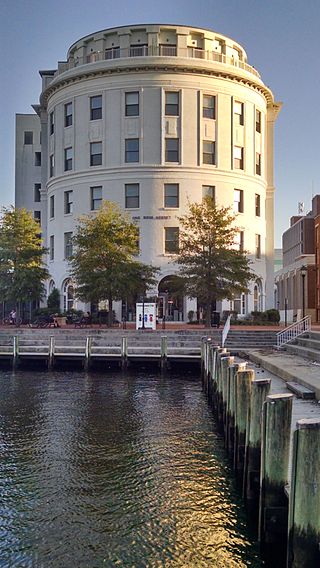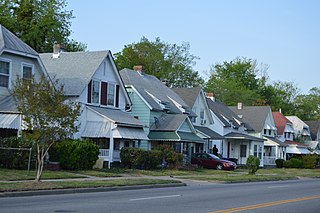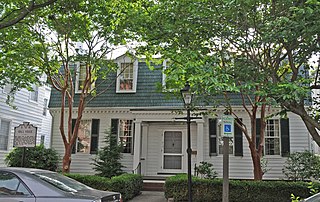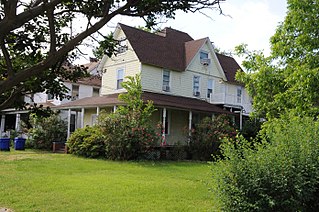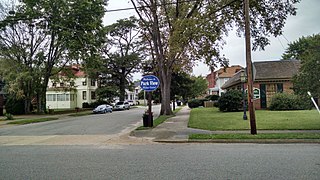25 Sights in Portsmouth, United States (with Map and Images)
Legend
Welcome to your journey through the most beautiful sights in Portsmouth, United States! Whether you want to discover the city's historical treasures or experience its modern highlights, you'll find everything your heart desires here. Be inspired by our selection and plan your unforgettable adventure in Portsmouth. Dive into the diversity of this fascinating city and discover everything it has to offer.
Sightseeing Tours in PortsmouthActivities in Portsmouth1. Wentworth–Coolidge Mansion
Wentworth–Coolidge Mansion is a 40-room clapboard house which was built as the home, offices and working farm of colonial Governor Benning Wentworth of New Hampshire. It is located on the water at 375 Little Harbor Road, about two miles southeast of the center of Portsmouth. It is one of the few royal governors' residences to survive almost unchanged. The site is a New Hampshire state park, declared a National Historic Landmark in 1968. Today, the New Hampshire Bureau of Historic Sites manages the site with the assistance of the Wentworth-Coolidge Commission, a group of volunteer civic and business leaders appointed by the Governor.
2. Portsmouth Lightship Museum
United States Lightship 101, now known as Portsmouth as a museum ship, was first stationed at Cape Charles, Virginia. Today she is at the Portsmouth Naval Shipyard Museum in Portsmouth, Virginia. Portsmouth never had a lightship station; however, when the vessel was dry docked there as a museum, she took on the pseudonym Portsmouth. A National Historic Landmark, she is one of a small number of surviving lightships.
Wikipedia: United States lightship Portsmouth (LV-101) (EN), Heritage Website
3. Strawbery Banke Museum
Strawbery Banke is an outdoor history museum located in the South End historic district of Portsmouth, New Hampshire. It is the oldest neighborhood in New Hampshire to be settled by Europeans, and the earliest neighborhood remaining in the present-day city of Portsmouth. It features more than 37 restored buildings built between the 17th and 19th centuries in the Colonial, Georgian, and Federal style architectures. The buildings once clustered around a waterway known as Puddle Dock, which was filled in around 1900. Today the former waterway appears as a large open space.
4. Fresnel Lens from Hog Island Light
The Hog Island Light was a lighthouse roughly marking its eponymous island, and thus the north side of the Great Machipongo Inlet on the Virginia coast. Originally, no light existed between Cape Henlopen, Delaware and Cape Charles. In 1830 the United States Congress appropriated money for a coastal beacon in the general vicinity of Chincoteague Island. The following year, the Collector of Customs in Norfolk selected Assateague Island.
5. Prudence Island Light
The Prudence Island Lighthouse, more commonly known locally as the Sandy Point Lighthouse, is located on Prudence Island, Rhode Island and is the oldest lighthouse tower in the state. Sandy Point is nicknamed Chibacoweda, meaning "little place separated by a passage", because the location is a little more than one mile offshore.
6. Governor John Langdon House
The Governor John Langdon House, also known as Governor John Langdon Mansion, is a historic mansion house at 143 Pleasant Street in Portsmouth, New Hampshire, United States. It was built in 1784 by Founding Father John Langdon (1741-1819), a merchant, shipbuilder, American Revolutionary War general, signer of the United States Constitution, and three-term President of New Hampshire. The house he built for his family showed his status as Portsmouth's leading citizen and received praise from George Washington, who visited there in 1789. Its reception rooms are ornamented by elaborate wood carving in the rococo style. The house was declared a National Historic Landmark in 1974, and is now a house museum operated by Historic New England.
7. MacPheadris–Warner House
The Warner House, formerly known as the MacPheadris–Warner House, is a historic house museum at 150 Daniel Street in Portsmouth, New Hampshire, United States. Built 1716–1718, it is the oldest, urban brick house in northern New England, and is one of the finest early-Georgian brick houses in New England. It was declared a National Historic Landmark in 1960, and is listed on the National Register of Historic Places.
8. Carriage House
The John Paul Jones House is a historic house at 43 Middle Street in Portsmouth, New Hampshire. Now a historic house museum and a National Historic Landmark, it is where American Revolutionary War naval hero John Paul Jones, resided from 1781 to 1782 when it was operated as a boarding house. He also lived in a home in Fredericksburg, Virginia, on Caroline Street, owned by his brother.
9. Moffatt-Ladd House
The Moffatt-Ladd House, also known as the William Whipple House, is a historic house museum and National Historic Landmark in Portsmouth, New Hampshire, United States. The 1763 Georgian house was the home of William Whipple (1730–1785), a Founding Father, a signer of the Declaration of Independence and Revolutionary War general. The house is now owned by the National Society of Colonial Dames in New Hampshire, and is open to the public.
10. Wentworth-Gardner House
The Wentworth-Gardner House is a historic mid-Georgian house built in 1760 and located at 50 Mechanic Street in Portsmouth, New Hampshire, United States. The house is operated as a museum by the Wentworth-Gardner Historic House Association. It is one of the finest extant examples of high-style Georgian architecture in New England, and played a role in the architectural preservation movement of the early 20th century. It was declared a National Historic Landmark in 1968.
11. Drydock No. 1
Drydock Number One is the oldest operational drydock facility in the United States. Located in Norfolk Naval Shipyard in Portsmouth, Virginia, it was put into service in 1834, and has been in service since then. Its history includes the refitting of USS Merrimack, which was modified to be the Confederate Navy ironclad CSS Virginia. It was declared a National Historic Landmark in 1971.
Wikipedia: Drydock Number One, Norfolk Naval Shipyard (EN), Website, Heritage Website
12. Children's Museum of Virginia
The Children's Museum of Virginia is the largest children's museum in the state of Virginia. It is located in Olde Town Portsmouth at 221 High Street. The museum has a planetarium and two floors of exhibits. Its antique toy and model train collection is one of the largest on the East Coast. Highlights of the museum include a life-size tug boat and house, as well as a real Hampton Roads Transit bus, the cab of a real fire truck from the Portsmouth Fire Department, and a real motorcycle from the Portsmouth Police Department.
13. Hog Island Shoal Light
Hog Island Shoal Light, built in 1901, is a sparkplug lighthouse on a shoal off of Hog Island, Rhode Island. It is located about 600 feet (180 m) southeast of the island, at the entrance to Mount Hope Bay. It stands on a circular concrete foundation set in about 10 feet (3.0 m) of water, and rising about 6 feet (1.8 m) above the water line. It was built to replace a light ship, and was the last light station formally established in the state. The lighthouse was automated in 1964. In 1988 it was added to the National Register of Historic Places. In 2006 the lighthouse was auctioned by the GSA as government surplus to a private buyer.
14. Saint Pauls Catholic Church
St. Paul's Catholic Church is a historic Roman Catholic church located in Portsmouth, Virginia, United States. It is a compact Gothic Revival style, cruciform plan church. It is constructed of load-bearing masonry walls clad in quarry-faced granite. The church was designed by John Peebles (1876-1934) in 1897, and dedicated in 1905. It is the fifth church on the site. Also on the property is a contributing rectory constructed in 1913.
Wikipedia: St. Paul's Catholic Church (Portsmouth, Virginia) (EN)
15. South Church
South Parish is the historic name of a church at 292 State Street in Portsmouth, New Hampshire, in the United States. The church building, built in 1824–26, is one of the earliest examples of Classical Revival architecture in New England, and was listed on the National Register of Historic Places in 1979.
16. Commodore Theatre
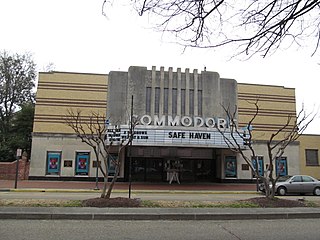
Commodore Theatre is an historic movie theater located at Portsmouth, Virginia. It was built in 1945 in the Streamline Art Deco style, and originally sat 1,000 people. The theater closed in 1975 and sat empty until a change in ownership and extensive renovation beginning in 1987. It reopened two years later, and as of 2023 was in operation displaying first-run films accompanied by a full kitchen.
17. Trinity Episcopal Church
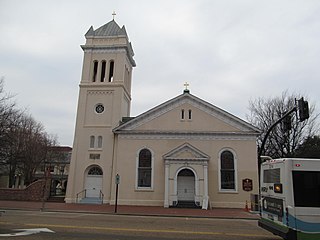
Trinity Episcopal Church is a historic Episcopal church located in Portsmouth, Virginia. It was built between 1828 and 1830, and is a stuccoed brick building. It has an attached bell tower. Also on the property is the contributing parish house, built in 1887. During the American Civil War, the church was used as a hospital.
Wikipedia: Trinity Episcopal Church (Portsmouth, Virginia) (EN)
18. Monumental United Methodist Church
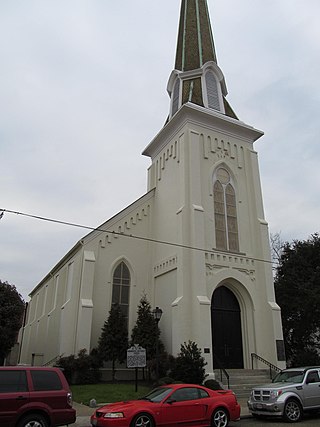
Monumental United Methodist Church, formerly known as Dinwiddie Street Methodist Church, is a historic Methodist church located in Portsmouth, Virginia. It is a five-bay brick and stucco, Victorian Gothic style church. It is features a 182 feet tall, two part central tower. The church was built between 1871 and 1876 on the foundations of an earlier 1831 building that had burned in 1864.
19. Craddock Historic District
Cradock Historic District is a national historic district located at Portsmouth, Virginia. It encompasses 759 contributing buildings and 1 contributing structure in a primarily residential section of Portsmouth. It was developed starting in 1918, as a planned community of Colonial Revival and Bungalow style single family residences. It was developed by the United States Housing Corporation as a result of the rapid influx of workers at the Norfolk Naval Shipyard during World War I.
20. Seaboard Coastline Building
Seaboard Coastline Building, also known as Old City Hall, is a historic train station located at Portsmouth, Virginia. The original section was built in 1894-1895 by the Seaboard Air Line Railroad. It is a six-story brick and concrete structure, with the 4th and 5th floors added in 1914. The front facade features a distinctive half-round or semicylindrical profile intended to recall the imagery of the streamlined locomotives of the late-19th century. The building served as the northern terminus and office headquarters of the Seaboard Air Line until 1958.
21. Truxton Historic District
Truxtun Historic District is a national historic district located at Portsmouth, Virginia. It encompasses 241 contributing buildings in a primarily residential section of Portsmouth. It was developed between 1918 and 1920 as a planned community of Colonial Revival style single family residences. It was developed by the United States Housing Corporation as a result of the rapid influx of workers at the Norfolk Naval Shipyard during World War I. It was the first wartime government housing project constructed exclusively for African-American residents. In 1921 the Federal Government sold it off.
22. Downtown Portsmouth Historic District

Downtown Portsmouth Historic District, also known as the High Street Corridor Historic District, is a national historic district located at Portsmouth, Virginia. It encompasses 229 contributing buildings, 1 contributing site, 4 contributing structures, and 1 contributing object in the central business district of Portsmouth. The district encompasses the original 1752 plan of the Town of Portsmouth and includes portions of expansions of the original boundaries dating to 1763 and 1909. It includes a variety of commercial, government, and institutional buildings, with most dating to the years around the turn of the 20th century. Notable buildings include the Captain Baird House, Vermillion Manor (1840), City Hall Building (1878), former United States Post Office (1907-1908), First Presbyterian Church (1877), First United Methodist Churches (1882), St. James Episcopal Church, Ebenezer Baptist Church, YMCA building, Tidewater Building, Southern Aid Building, Colony Theater, Lyric Theater, Blumberg's Department Store, Mutual Drug Company (1946), the New Kirn Building, and the Professional Building. Separately listed are the Commodore Theatre, Portsmouth Courthouse, Pythian Castle, St. Paul's Catholic Church, and Trinity Episcopal Church
23. Portsmouth Olde Towne Historic District
Portsmouth Olde Towne Historic District, is a national historic district located at Portsmouth, Virginia. It encompasses 89 buildings. It is located in the primarily residential section of Portsmouth and includes a notable collection of Federal and Greek Revival style townhouses, known as "basement houses." Other notable buildings include the Watts House (1799), Grice-Neeley House, Ball-Nivison House (1752), Emanuel African Methodist Episcopal Church (1857), St. John's Episcopal Church (1898), Court Street Baptist Church (1901-1903), and Union Machinist Home. Located in the district is the separately listed Monumental Methodist Church.
24. Port Norfolk Historic District
Port Norfolk Historic District is a national historic district located at Portsmouth, Virginia. It encompasses 621 contributing buildings and 1 contributing site in a primarily residential section of suburban Portsmouth. It was developed between about 1890 and 1910, and includes notable examples of Queen Anne, Bungalow / American Craftsman, and American Foursquare style single family residences.
25. Park View Historic District
Park View Historic District is a national historic district located at Portsmouth, Virginia. It encompasses 295 contributing buildings in a primarily residential section of northeast Portsmouth. It was developed in the late-19th and early-20th centuries, and includes notable examples of Queen Anne, Colonial Revival, and American Foursquare style single family residences.
Share
How likely are you to recommend us?
Disclaimer Please be aware of your surroundings and do not enter private property. We are not liable for any damages that occur during the tours.
